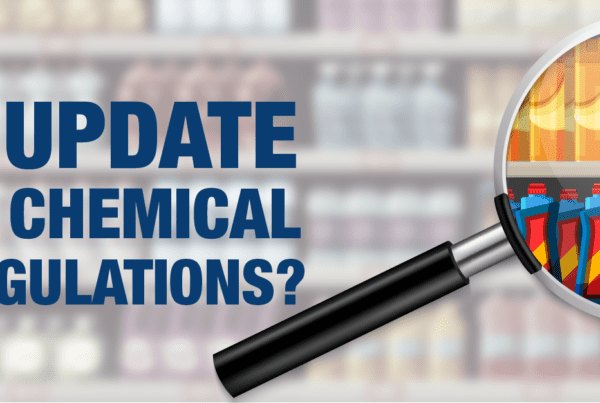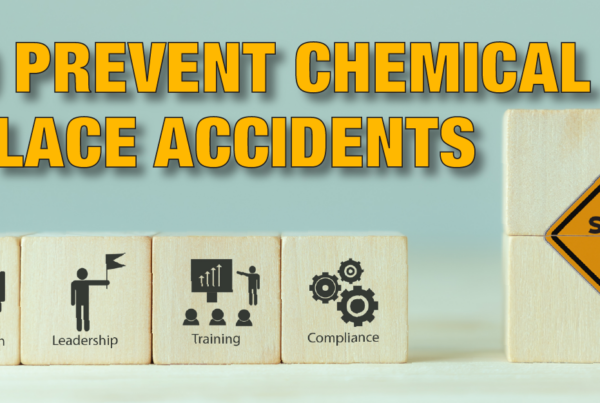Bill C-31 Receives Royal Assent
Canada has taken another step forward in the long journey (this writer attended workshops on implementation in Oct. 2003!) to incorporate Globally Harmonized System of Classification and Labelling of Chemicals (GHS) elements into the WHMIS hazard communication regulations with final passage and Royal Assent given to Bill C-31 late last week.
The Hazardous Products Act provisions in the “Budget Implementation Act” (BIA-Bill C-31) are only one aspect of this “Economic Action Plan” and arise from the Canada-US Regulatory Cooperation Council deliberations.
The foundation for WHMIS (officially the “Controlled Products Regulations”) is the Hazardous Products Act. Changes to this act prepares the way for the formal introduction of WHMIS 2.0 (as the proposed replacement “Hazardous Products Regulations” have become affectionately known) by Health Canada.
See all of our GHS solutions for Canada and the USA »
According to Health Canada’s WHMIS Directorate:
“This important milestone in the implementation of the GHS enables the Minister of Health to publish proposed changes to the Controlled Products Regulations, to be renamed the Hazardous Products Regulations, in the Canada Gazette, Part I. This publication will provide another opportunity to comment on Health Canada’s proposed regulations.”
GHS in Canada Changes Include:
Some of the details of changes involve: the aforementioned change from “controlled” to “hazardous” products; including of some of the “guidance” material from the WHMIS Reference Manual into the actual regulatory wording (e.g. a focus on “work place” in the long title, broadening the definition of “sell” to include activities whether or not they are “for consideration”); defining “document” to include computer-readable information; adding a definition of a “substance” and simplifying the definition of “supplier”. The latter change removes manufacturers, processors and packagers from the definition. Presumably they would be covered if they meet the expanded definition of sellers; otherwise, strictly internal activity would fall under the jurisdiction of provincial/territorial regulations.
A number of the exemptions previously in Section 12 (explosives, FDA items, pest control, consumer and wood products) have been moved to a new “Schedule 1”. Presumably this, in conjunction with the amending authority in the revised Section 18, will set the stage for incorporating exclusions into the HPR once inter-agency issues are resolved.
Schedule II (Schedule I had been repealed in 2010) has been replaced by Schedule 2, an expanded list of hazard classes corresponding to the GHS. As expected, classes have been added (combustible dusts, PHNOC, HHNOC, etc.) and biohazards infectious substances are retained as a class.
The “prohibition” sections (13. & 14.) have been re-written to include references to “governments”, (defined in Section 13.) as customers and the requirements to have sds/labels available are clarified. Asbestos products have been specifically added as falling under the SDS/label requirements.
See our WHMIS 2.0 infographic »
Section 14 also stresses that communicating “by any means any … (prescribed) information that is false, misleading or likely to create an erroneous impression” is an offense. Record-keeping requirements, unless an exemption is granted by the Minister, on sources and ownership transfer of “hazardous products” are required to be kept for 6 years.
Section 17 (IDL- ingredient disclosure list) has been repealed. This may avoid some confusion that some in the regulated community have had where a listed ingredient was present in a non-“controlled product”.
Section 20 now requires a supplier to “compile” (not just disclose) and “conduct tests” when the Minister has reasonable grounds to order it done.
Also noteworthy is the increase in fines and provision for additional penalties for “knowingly or recklessly” contravening the Act under Section 28. This section now includes provision for a “due diligence” defense.
Transitions:
The changes in the HPA take effect when declared by an order of the Governor in Council. Transitional application of the current HPA/WHMIS regulations is covered in the BIA. There are no provisions for reciprocity with the US HazCom 2012 in the Act – so we’ll have to await the HPR and subsequent provincial/territorial regulations for the phase in details.
Of course, once the HPR are finalized, the various provincial/territorial legislatures will have to detail the changes, if any, that will apply in the workplaces (e.g. training) under their jurisdiction.
The BIA also includes amendments to the Canada Labour Code (CLC-Part II) and the Hazardous Materials Information Review Act (HMIRA) to reconcile the HPA amendments and remove some redundancies between the acts.
The entire bill (the WHMIS changes are in Division 3 of Part 6) is available at:
http://www.parl.gc.ca/LEGISINFO/BillDetails.aspx?Language=E&Mode=1&billId=6483626
Stay tuned for more news when the proposed HPR appear in Gazette I!






 ICC USA
ICC USA ICC Canada
ICC Canada